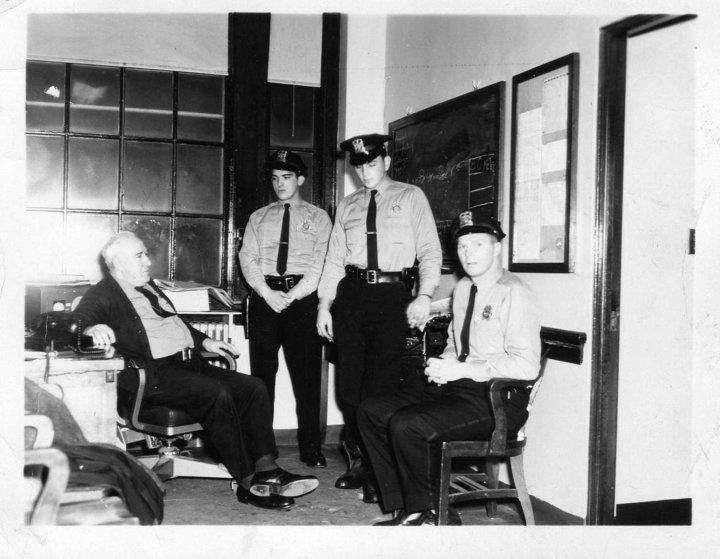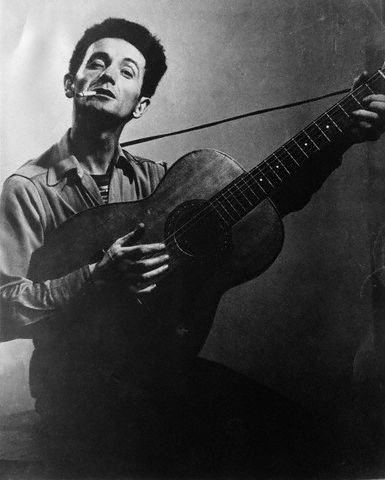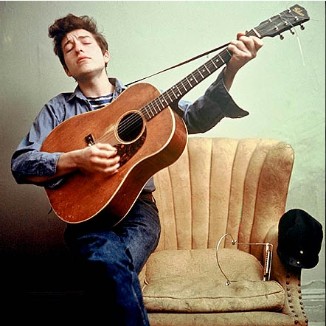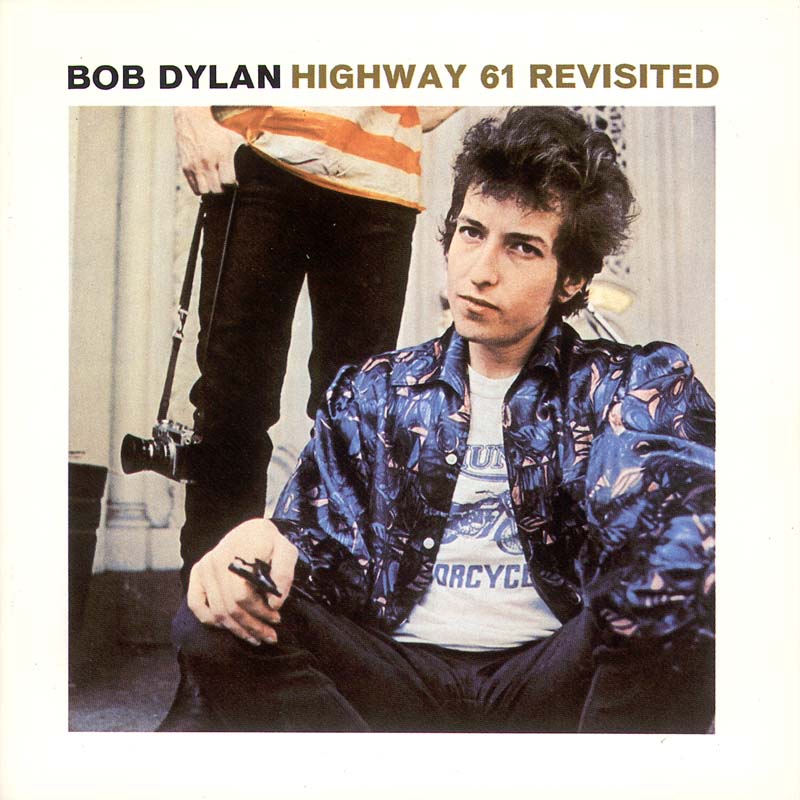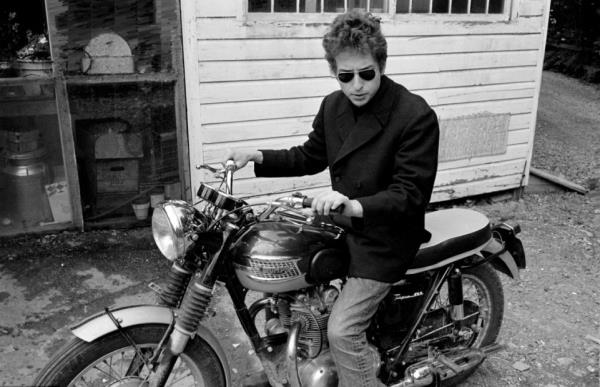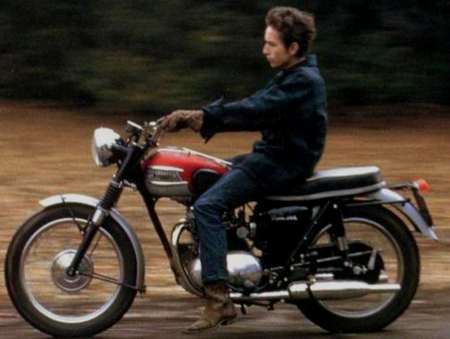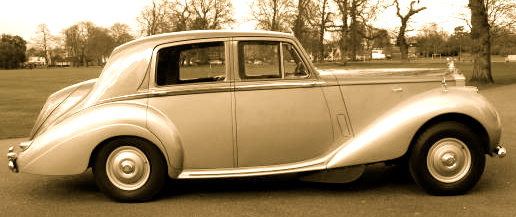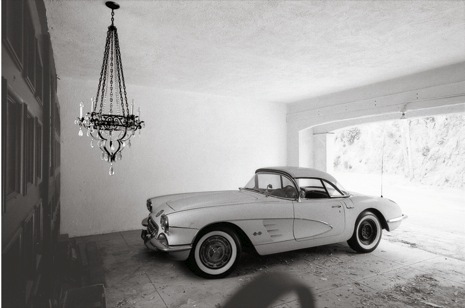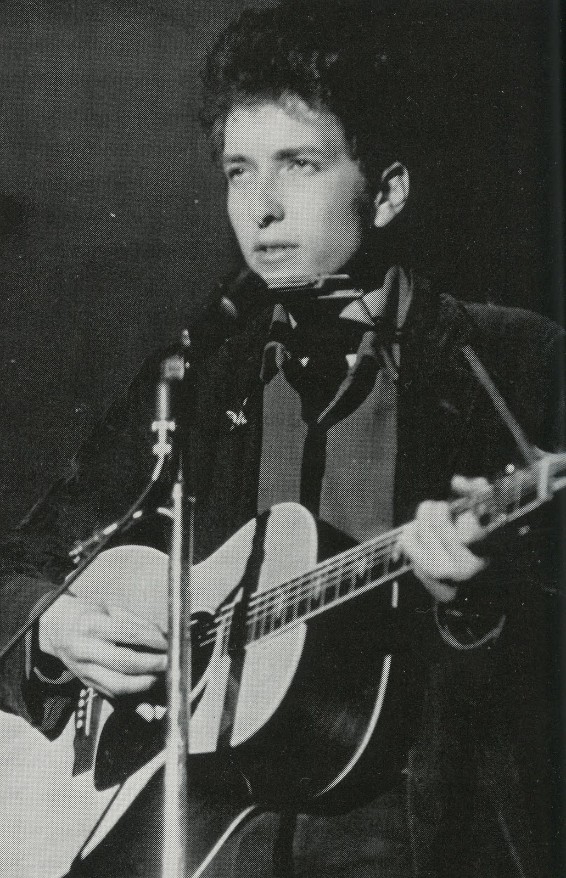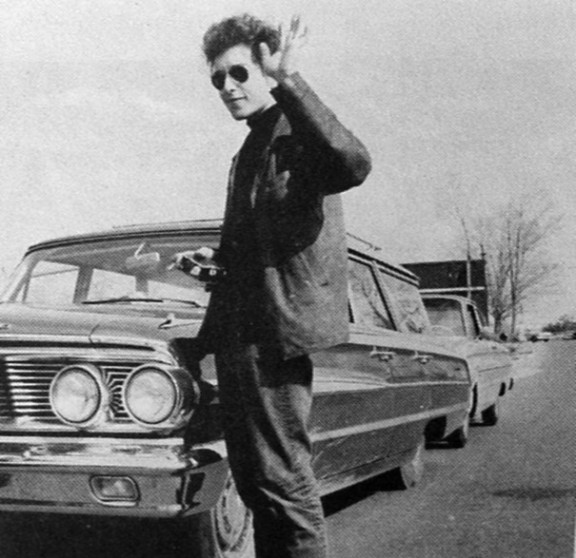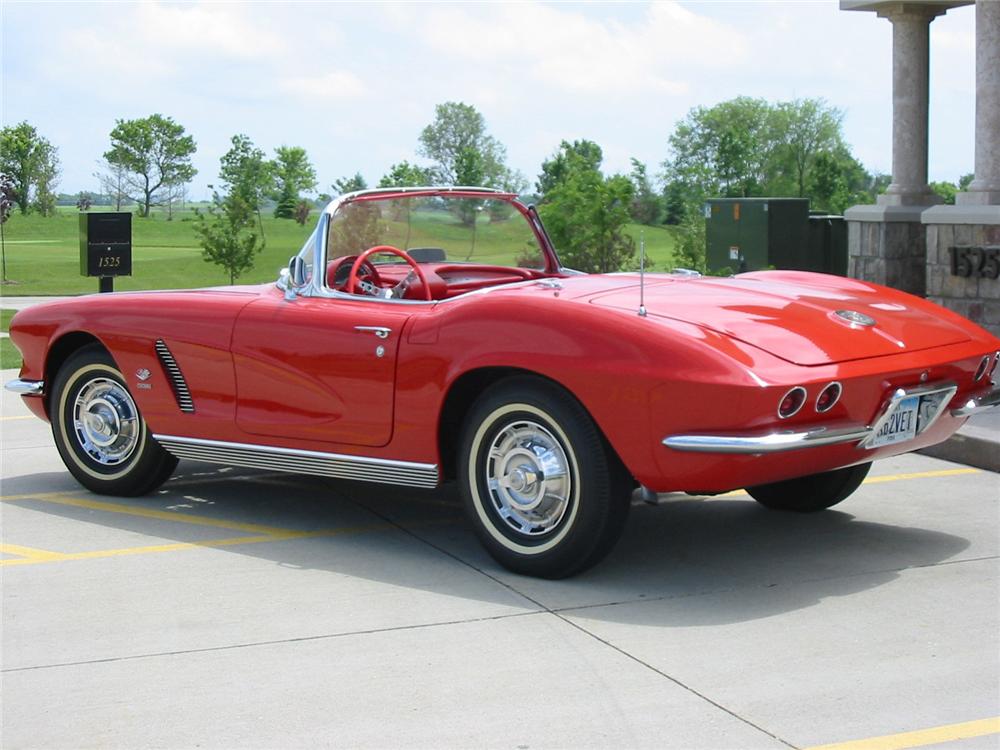Concerning the cars and motorcycles of Bob Dylan.
============================================================================
__________________
_/ || ~-_
,/ // /~- / ~-_ ________---------------//
-----------------------------------\-------------------____________ __//
O-------------- ~~^ | | ~|
}======{--------\____________________|______________________________ | |
\===== / /~~~\ \ \ | ________________________|-~
\----| \___/ ||--------------------'----------| \____/ //
`______'' `_______'
Good car to drive, after a war
============================================================================In the basement den, Bob tried to explain that he had stayed to see part of the movie over again. He talked about James Dean and waved his hand towards the walls covered with pasted-up photographs of the dead actor.
"James Dean, James Dean, James Dean," his father repeated. He pulled a magazine photograph of the actor off the wall. "Don't do that," Bob yelled. The father tore the picture in half and threw the pieces to the floor. "Don't raise your voice around here," he said with finality, stamping upstairs. Bob picked up the pieces of the photograph, hoping he might be able to paste them together. No, he wouldn't raise his voice around there.
No direction home : the life and music of Bob Dylan
ISBN: 068805045X
'A bad motorcycle with the devil in the seat...'
As discussed by Robert Shelton in his biography of Bob Dylan, No direction home: the life and music of Bob Dylan, by the late 1950s the traditional American 'folk heroes' who inspired the youth no longer rode horses. They rode motorcycles and wore leather jackets.
James Dean and Marlon Brando - the 'wild ones' whose attitude and individuality spoke powerfully to the teenager who was to become Bob Dylan.
The best rider in Bobby Zimmerman's home town of Hibbing was Dale Boutang, a friend of Bob's (they even shared a harmonica!) who rode a Harley 74. Bob bought a Harley 45. Bob's need for speed and rebellious adventurousness led to a reported close shave when racing a train across the tracks from Brooklyn. Not the last motorcycle accident Bob would be involved in.
As to cars, Information from Dave Engel's book "Dylan in Minnesota: just like Bob Zimmerman's blues" tells us that early on, Bob did drive the family Buick, but he wanted his own car - more specifically, a pink and white '51 Ford convertible. Customized, lowered in back, minus the nose piece, with added dual exhaust pipes, fender skirts, fancy hubcaps. Bob kept pressuring Abe - "Gotta have that car". Eventually, he got Abe to go look at the car. He knew he really had to have the car when he found out it could get to Minneapolis and halfway back on a tank of gas!A few weeks later, the car is sitting in the Zimmerman driveway. Bob has it painted blue. It's a neat car to drive around town in with the top down. But Bob seems prone to fender benders.
Robert Shelton also mentions that Bob had several accidents in his father's car as well as his motorbike (car-related incidents were reported to Abe Zimmerman by the phrase, 'I broke the fan belt'). One accident involved a settlement by Abe of $4000. But the worst was when Bob was riding fairly slowly, but hit a small three year old boy who ran out into the road and collided with the side of the motocycle. The boy needed hospital treatment in Duluth and Bob was badly shaken by the event. (No Direction Home, p53)
Cars were a symbol of freedom, representing independence, financial stability, movement and an escape route from the small town mentality. But motorcycles represented rebellion, danger and an appealingly edgy cool hipness. In the words of Robert Shelton again, 'In a decade of soft American affluence with no visible frontier to challenge, nothing was better than a bike - unless it was a guitar - to symbolize the young man's dream of sexual potency, to defy his father and his "safe" car. Harley and Davidson were the Lewis and Clark of the 1950s.' (No Direction Home, p44)
One high school acquaintance of Bob Dylan's told Anthony Scaduto (Bob Dylan: An Intimate Biography, 1971):
Bob was considered one of the tough motorcycle crowd. Always with the black leather jacket, the cigarette in the corner of his mouth, rather hoody. And Echo with her bleached hair and vacant look; That’s mostly how I first noticed him, running around with this freaky girl hanging on the back of his motorcycle, with her frizzy white hair flying and her false eyelashes. It was shocking to me. I tried not to be narrow minded, but I thought that crowd was a bunch of creeps. We used to laugh at the sight of them on the motorcycles. They used to zip through town and it was funny to see them. The thing is motorcycles were taboo because motorcycle guys were automatically bad. I had to stay away from them. They were terrifying, Bob with his big boots and his tight pants. (Scaduto p. 20)
______________________________________________________________________________________________________
'Cops a-comin’, me a-runnin’...'
This is a photograph of the Hibbing police who would have dealt with young Bob Zimmerman for any driving or traffic violations he might have been involved with.
From left to right: Ed Brigom, Richard (Dick) Frider, Dennis Romano and Archie Passeri. (1958).
_______________________________________________________________________________________________________
'Hibbing's a good ol' town
I ran away from it when I was 10, 12, 13, 15, 15 1/2, 17 an' 18
I been caught an' brought back all but once'
The young Bob Dylan might never have physically run away from Hibbing (except in his imagination), but the idea of freedom and escape from the small town were probably never far from his mind. The folk, country and blues music he loved often concerned travelling. Moving on. Physical and emotional journeys of wandering. Lonesome highways. Elusive searches for freedom.
Bob Dylan explains in his autobiography Chronicles: Volume One, that when he discovered Woody Guthrie, it was life-changing for him.
The influence of Woody Guthrie, the Beats, Jack Kerouac, the music... it all led back to that fundamental need to find something bigger and experience that freedom.
Hitting the road, hitchhiking, catching trains, riding in friends' cars, owning cars and motorbikes. The symbolism, the movement, the idea of a life and mind in motion and never static.
These are deeply important to the subsequent music, art, ideas and personae of Bob Dylan.
_______________________________________________________________________________________________________

Memories...
In Chronicles: Volume One (Chapter 5, River of Ice), Bob Dylan wrote:
In the summer of '59 after leaving home early spring, I was in Minneapolis, having come down from Northern Minnesota-from the Mesabi Range, the iron mining country, steel capital of America. I'd grown up there in Hibbing but had been born in Duluth, about seventy-five miles away to the east on the edge of Lake Superior, the big lake that the Indians call Gitche Gumee. Though we lived in Hibbing, my father from time to time would load us into an old Buick Roadmaster and we'd ride to Duluth for the weekend.
An 'old Buick Roadmaster'? Wonder what year or colour? We can see there were some nice models available from the 1949 range... but was that too new? Maybe one of the 1939 models? Built to last, these Buicks would see the Zimmerman family safely to Duluth and back to Hibbing through the Minnesota weather.
_______________________________________________________________________________________________________
A brief outline of some specific cars mentioned in the songs
Bob Dylan uses cars and motorcycles, in concrete and symbolic terms, in many songs. A listener may apply their own meanings in context. However, in some cases, specific models are mentioned and within the particular songs, the make of car might be considered significant.
A Cadillac car is an American luxury vehicle. When it is mentioned in Talkin' World War III Blues, the car is in a showroom 'uptown' and is only accessible to the protagonist because of the lack of others around to prevent his joy ride. It is a symbol of extravagance - you are alone in the world with the freedom to do almost anything and you choose to take a Cadillac for a spin.
In Summer Days, the singer says he is 'driving in the flats in a Cadillac car' but he is described by the girls as 'a worn-out star'. Along with his pockets being 'loaded' it is a symbol of wealth and power against the background of the formerly inhospitable and semi-industrialized environment as well as the put-downs (which he does not take seriously, but appear to irk all the same, as represented by the growled refutation).
The song From a Buick 6 is a bittersweet, metaphor-laden, pounding blues from the album Highway 61 Revisited . The Buick is another luxury American car. Although only mentioned by name in the title, the juxtaposition comes in writing from a position of relative luxury against the darkness of the other images.
Union Sundown is a song with a clear political point. When the protagonist says 'the car I drive is a Chevrolet' it is an American family car, but it is from a company who have outsourced their production ('it was put together down in Argentina/by a guy makin' thirty cents a day'). It is a statement about the loss of American jobs, the downsides of capitalism and the mistreatment of foreign workers within a single line.
In High Water (for Charlie Patton) Bob Dylan sings, 'I got a cravin’ love for blazing speed/Got a hopped-up Mustang Ford/Jump into the wagon, love, throw your panties on the board'. The Mustang is a sports model of the American automobile giant. The craving for speed and the sexual comment can be seen as a reference to freedom, living on the edge and sexual potency. Going right back to the emotions and symbolism of the motorbikes from Dylan's teenage years.
_______________________________________________________________________________________________________
Zen and the Art of Motorcycle Crashing...
EW: I'd like to know about the cover of your forthcoming, erm, album... the one with 'Subterranean Homesick Blues' in it. I'd like to know about the meaning of the photograph of you wearing a Triumph t-shirt.
BD: What do you want to know about it?
EW: Well, I'd like to know if that's an equivalent photograph, it means something, it's got a philosophy in it (Dylan and the audience laugh)... I'd like to know visually what it represents to you. Because you're a part of that.
BD: Um. I haven't really looked at it that much.
EW: I've thought about it a great deal.
EW: But what about the motorcycle as an image in your song writing? You seem to like that.
BD: Oh, we all like motorcycles... to some degree.
Bob Dylan on his Triumph Tiger 100, photographed by John Launois (listed elsewhere as J.B. Cooke). Bearsville, New York, 1964.
_______________________________________________________________________________________________________
Was Dylan riding his Triumph? John Hammond speaks...
John Bauldie interviewed John Hammond Jr. The interview was published in issue 44 of The Telegraph fanzine, Winter 1992.
The topic turned to Dylan's motorcycle crash. Hammond said:
Ah, the crash. Well, Jack Elliott had left a bike in Bob's garage up there. It was an old AJS, a great old bike, 500 single, the kind you can break your leg trying to kickstart. The tyres were flat and I think Bob wanted to have the thing repaired, so... but maybe I shouldn't say this. This is for Bob to talk about it if he wants to talk about it. It's not my place to talk about it. Bob did get hurt. I imagine it shook him up to the point where he looked at his life very carefully.
Jack Elliott confirmed his ownership of an AJS 500 (which he says he took back to America from England in 1963) in an interview with the Montreal Gazette.
_______________________________________________________________________________________________________
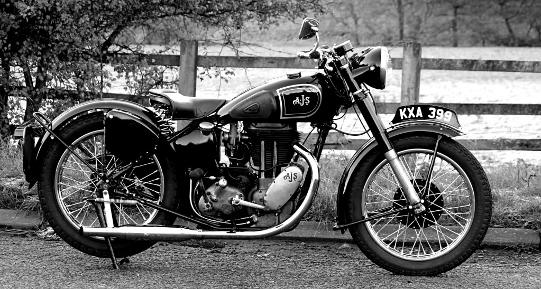
AJS 500 Motorcycle
_______________________________________________________________________________________________________
Road trip!
Bob Dylan cemented his friendship with photographer Barry Feinstein during a road trip in 1963 when Barry was asked by Albert Grossman to pick up his 1953 Silver Dawn Rolls Royce from Denver and drive it back to New York. Dylan came along for the ride.
It was during this trip that they developed the idea for what would become Hollywood Foto-Rhetoric (Bob Dylan writing poetry to accompany Feinstein's photographs of a dying Hollywood).
'It was a long drive but a fun trip. We stopped off along the way whenever we felt like it. Bob wanted to check out an old-style saloon bar in Central City, where he used to play the piano for a stripper. Each time we stopped more people would recognise Bob; he was really amused by it all. One time we pulled over to listen when a song from Bob’s new album played on the radio.
We didn’t talk much unless there was something really to say. That’s how I am and it’s how Bob was too, so we got along fine. Over time we hung out more and understood each other.'
Real moments, Barry Feinstein
_______________________________________________________________________________________________________
Chandelier and Convertible
The above photograph is entitled Chandelier and Convertible by Barry Feinstein and is included in the Hollywood Foto-Rhetoric book (Dylan and Feinstein, p. 89).
Here is the poem that Bob Dylan wrote about the picture:
after crashin the sportscar
into the chandelier
i ran out t the phone booth
made a call t my wife. she wasnt home.
i panicked. i called up my best friend
but the line was busy
then i went t a party but couldnt find a chair
somebody wiped their feet on me
so i decided t leave
i felt awful. my mouth was puckered.
arms were stickin thru my neck
my stomach was stuffed an bloated
dogs licked my face
people stared at me an said
“what’s wrong with you?”
passin two successful friends of mine
i stopped t talk.
they knew i was feelin bad
an gave me some pills
i went home an began writin
a suicide note
it was then that i saw
that crowd comin down
the street
i really have nothing
against
marlon brando
It was published in The New Yorker magazine, 22 September 2008, as a poem entitled simply 17 (along with a shorter extract entitled 21)
New Yorker - 17
New Yorker - 21
The car is a 1958 Corvette.
______________________________________________________________________________________________________
Road trip II!
_______________________________________________________________________________________________________
Road trip III!
In April 1964, the photographer John Byrne Cooke took a road trip through New England with Bob Dylan, Victor Maymudes, John Sebastian, Paul Rothchild (who later became The Doors' manager) and Cooke's fellow photographer Charlie Frizzell.
In February 2011. Cooke recalled the trip.
"We had a least two cars, possibly three, although I don't see a third one in the photographs. I was in the same car as Bob. You can see my picture of Bob sitting in the front seat. You can also see that's their (Maymudes' and Dylan's ) Ford station wagon. I want to point out that it's navy blue. It's been described as a red car, I think, in some book."
"We were kind of like his extended road crew - except we were not paid or anything!" Cooke laughed.
The car is a navy blue 1964 Ford Country Squire station wagon.
______________________________________________________________________________________________________
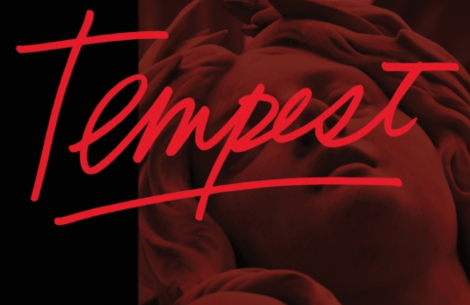
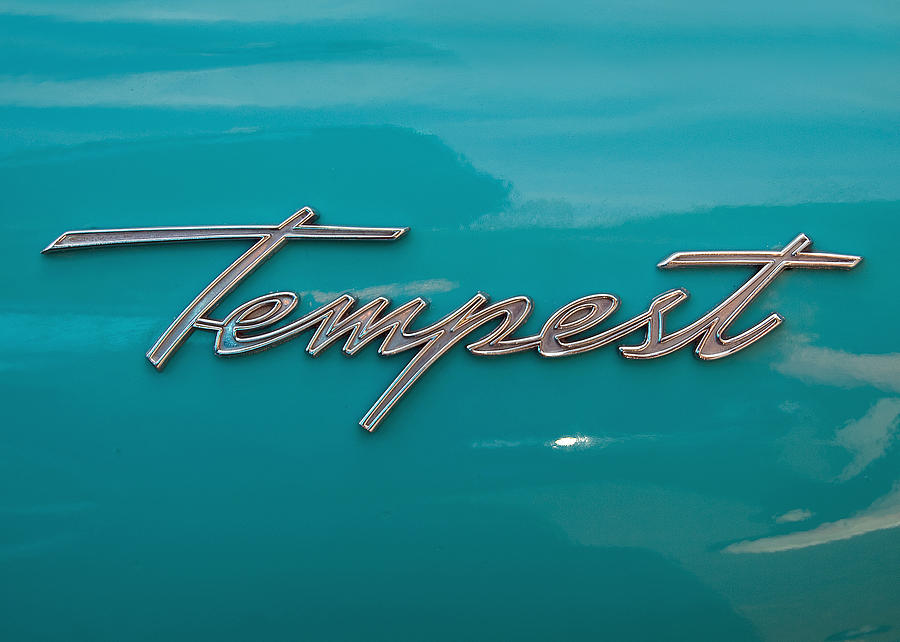
Tempest (2012)
______________________________________________________________________________________________________

Superbowl Chrysler Commercial (2014)
On Sunday, 2 February 2014, during the Superbowl advertisement slot, a new commercial for Chrysler cars was debuted. It featured the Bob Dylan song 'Things Have Changed' as the soundtrack, along with a narration and appearance by Mr. Dylan himself.
See the full video in the embedded link, or visit our Video Archive.
Is there anything more American than America?
‘Cause you can’t import original.
You can’t fake true cool.
You can’t duplicate legacy.
Because what Detroit created was a first
and became an inspiration to the… rest of the world.
Yeah…Detroit made cars. And cars made America
Making the best, making the finest, takes conviction.
And you can't import, the heart and soul,
of every man and woman working on the line.
You can search the world over for the finer things,
but you won’t find a match for the American road
and the creatures that live on it.
Because we believe in the zoom,
and the roar, and the thrust.
And when it’s made here, it’s made with the one thing
you can’t import from anywhere else. American…Pride.
So let Germany brew your beer,
Let Switzerland make your watch,
Let Asia assemble your phone.
______________________________________________________________________________________________________
Trivia time!
From The Bob Dylan Encyclopedia by Michael Gray:
Bootleg Series Vol. 7—No Direction Home:
The Soundtrack [2005]
"...an alteration was made to the registration number of the car in the CD-setcover photograph by Barry Feinstein. Its real number, clearly shown as 540 CYN, has been changed to 1235 RD: a whimsical, quiet allusion to those rainy day women . . . but on the inside, they haven’t changed it . . . and they haven’t changed it on the cover of the No Direction Home DVD either. The car, a British-made Austin Princess, belonged to the Rolling Stones. The man leaning on it was Dylan’s filmmaker friend Howard Alk. They were awaiting the old Aust Ferry to take them across the River Severn from England to Wales, after the Bristol and before the Cardiff concerts. In the background, still under construction, is the Severn Bridge; it opened that September 8, replacing the ferry."
Below is the original photograph by Barry Feinstein for comparison.
______________________________________________________________________________________________________

